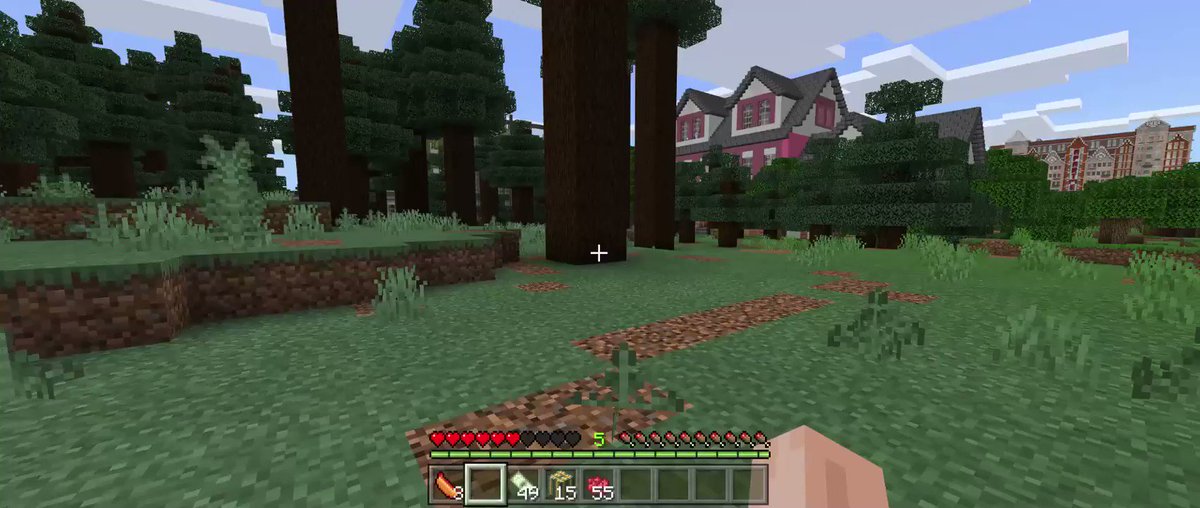

six fringe, but later buildings require a mix of several classes to reach their full potential. Much of the gameplay focuses on arranging a city so that this will not occur.Įvery business will employ a specific mix of classes the earlier, less profitable buildings may employ only one class, e.g. Due to the literal class warfare, if classes that dislike each other live near each other, they will start riots and make complaints. The Suits must be attracted by having good conditions for the Blue Collars, the Radical Chics are attracted by good conditions for the Fringes, and the Elites are attracted by good conditions for both the Suits and the Radical Chics. When a city is founded, only Fringes, Have-Nots, and Blue Collars will settle there. The higher classes are of course more demanding. Lastly, the left side of the circle favors education while the right side favors safety (e.g. Further, the income generated by businesses focusing on each class is indicated by its height on the circle, Have-Nots generating the least and Elites generating the most. Each class can tolerate the two adjacent to it, but is hostile towards the three across the circle. Clockwise from the top are Elites, Suits, Blue Collars, Have-Nots, Fringes, and Radical Chics. The game classifies city residents into six socioeconomic classes, which are depicted in a circle.

Diagram of the relationships between the classes in City Life.


 0 kommentar(er)
0 kommentar(er)
